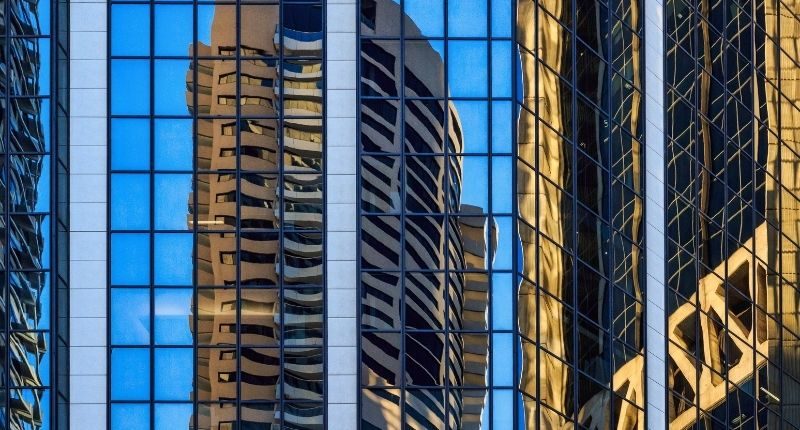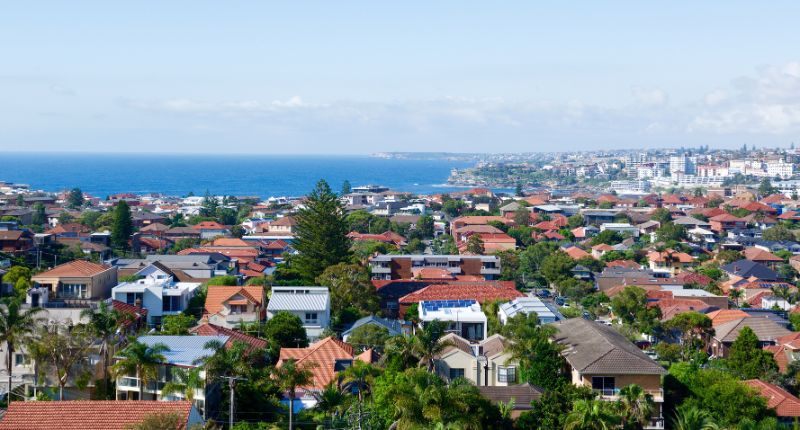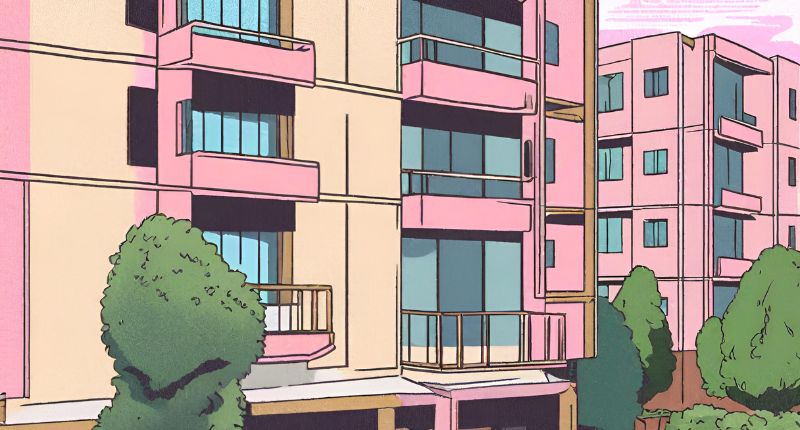
- Average gross office rentals in Sydney declined by 9.7% year-on-year
- Melbourne saw a 11.6% year-on-year decrease
- Comes as office occupancies have started to recover
Declines in office rental prices in Sydney and Melbourne has begun to slow down, with incentives slowing after increasing in 2020, according to Cushman & Wakefield’s Q2 Office Marketbeat report.
According to the report, average prime gross effective rents in the Sydney CBD witnessed a 9.7% year-on-year decline to $890 per square metre. Average incentives increased by 1% to 34% across all grades.
More specifically, incentives in Sydney’s key metro office hit 30%, compared to levels around the late 20’s during 2020 with gross effective rents decreasing by 5% on a year-on-year basis.
For Melbourne’s CBD, prime net effective rents declined in Q2 falling to about $382sqm, representing a year-on-year decrease of 11.6%. Average net incentives are higher compared to Sydney reaching 41% from 39% – the slowest growth rate since 2019, according to the report.
In terms of Melbourne’s metro markets, the upward movement in incentives has placed downward pressure on net effective rents. Southbank, for example, witnessed a 9.3% year-on-year decrease to $362sqm with St Kilda Road dropping 14% during the same period to $284sqm.
“We saw incentives in Sydney and Melbourne CBD office markets shoot up in 2020, but that’s starting to settle,” said John Sears, Cushman & Wakefield’s Head of Research, Australia and New Zealand.
“While the pandemic is currently causing a temporary disruption in the gradual return of workers to the CBD, we continue to see healthy levels of leasing activity across the Eastern seaboard CBD and metro markets.”
John Sears, Cushman & Wakefield Head of Research, Aus & NZ
The report reiterates, however, that based on transport and pedestrian count data, workers are increasingly returning to the CBDs with Canberra recording 85% occupancy compared to pre-covid levels as of April 2021.
Sydney, Melbourne and Brisbane have also seen recoveries in their occupancy figures, although this will likely be hindered by restrictions and lockdowns impacting most states and territories.
Nevertheless, Mr Sears said he expects given the strong economic conditions, office demand overall to increase this year.
“While tenants continue to assess their future space needs amid the pandemic and shift to hybrid working, the economic recovery continues to gain momentum, supporting a number of key office tenant demand indicators,” he said.
“We are seeing record business conditions, falling unemployment and rising investment intentions. Should this cyclical upswing continue, we expect to see an overall increase in office demand in 2021.”







